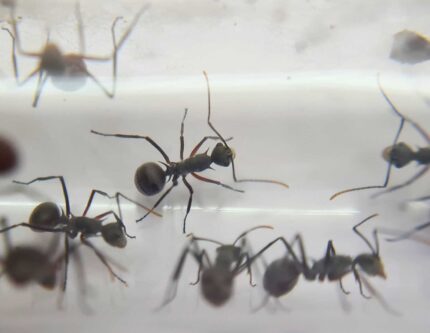
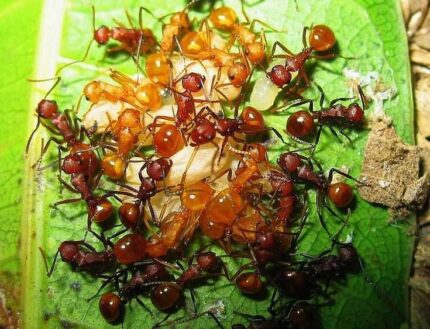
Polyrhachis rastellata
309,90 zł
Polyrhachis rastellata is a polygynous ant species with colonies consisting of up to 10,000 individuals. They have a fast development speed and their size ranges from 9-11mm for queens and 7-9mm for workers. These ants have a black body with orange legs and their diet includes food insects, syrup, fruits, vegetables, jelly, and cooked chicken without salt.
| Behavior | |
|---|---|
| Difficulty in breeding | |
| Origin | |
| The size of ants | |
| Wintering |
Polyrhachis Rastellata: The Agile Ant Colony
Colony Type: Polygyny
Colony Size: Up to 10 000 workers
Development Speed: Fast
Size and Color:
- Queen: 9-11 mm
- Workers: 6-8 mm
Their bodies are predominantly black, with striking orange legs that add a touch of vibrancy to their appearance.
Nutrition and Feeding
- Food insects (such as cockroaches and crickets) dead, or live if colony is big
- Syrup (a mixture of water and honey or sugar, with a ratio of 4/3 water:1)
- Fruits and vegetables
- Jelly
- Cooked chicken without salt, shrimps
- Honey
Humidity and Temperature
- Humidity: Arena: 50-70%, Nest: 70-90%
- Temperature: Arena: 25-30 °C, Nest: 24-28 °C
Species Features
Polyrhachis Rastellata ants are known for their unique nesting habits. They construct their nests on trees and other plants, utilizing the help of larvae. This cooperative effort allows them to create robust and secure nests for their colony. The ants are highly active and exhibit a level of aggression, which contributes to their success in defending their territory and resources. They share similarities with another ant species called P. abdominalis.
Recommended Nests for Breeding
For successful breeding and colonization, it is important to provide suitable nests for Polyrhachis Rastellata ants. Several types of nests have proven to be effective in catering to their needs:
- Acrylic Nests: These nests are made from transparent acrylic material, allowing you to observe the ants’ activities. They provide a secure and hygienic environment for the colony to thrive.
- Plaster Nests: Plaster nests offer a stable and robust structure for the ants. They can be customized to create multiple chambers and tunnels, simulating a natural environment for the ants.
- Aerated Concrete Nests: These nests are made from lightweight aerated concrete, which provides insulation and durability. They can be easily modified and expanded as the colony grows.
Choosing the right type of nest for your Polyrhachis Rastellata colony is essential to support their growth and well-being. Each nest material offers unique advantages, so it’s important to consider the needs of the ants and their natural behaviors.
In conclusion, Polyrhachis Rastellata ants are a remarkable species that possess agility, aggression, and an efficient colony structure. By providing them with the proper nutrition, humidity, and temperature, and selecting the right nests for their breeding, you can create an optimal environment for their growth and development. Observing these ants as they build their intricate nests and engage in constant activities is truly a captivating experience.


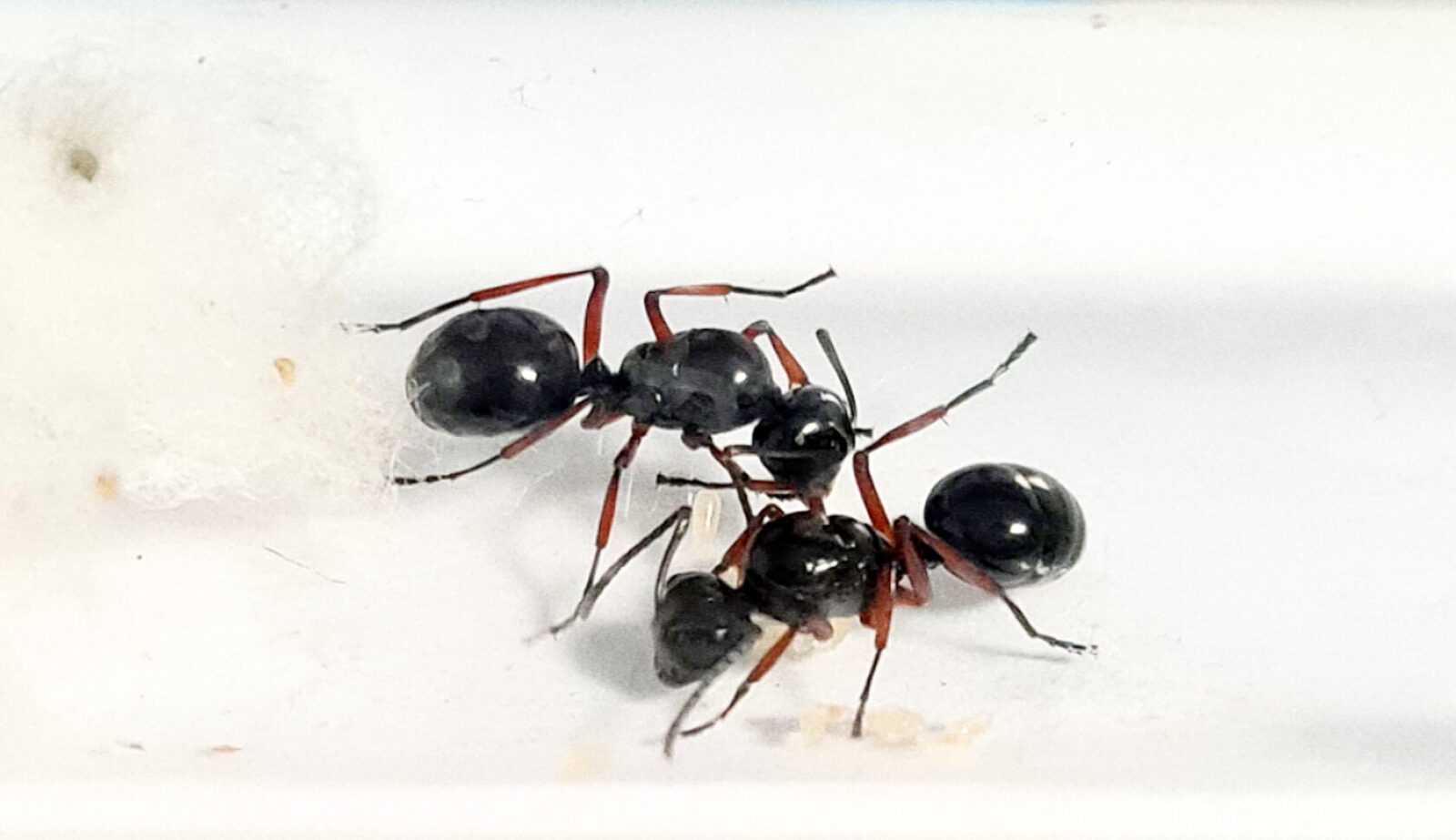
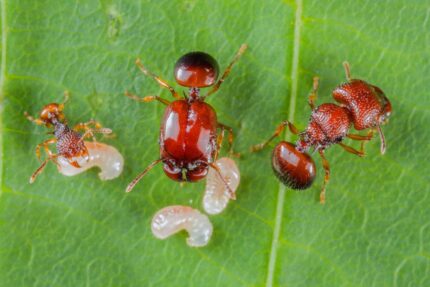
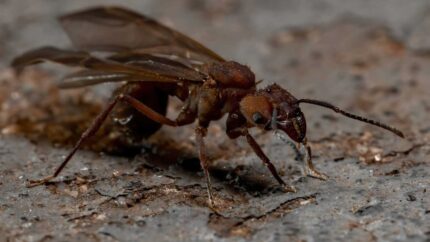
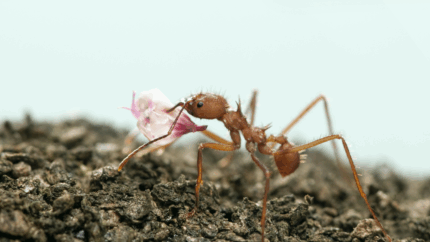
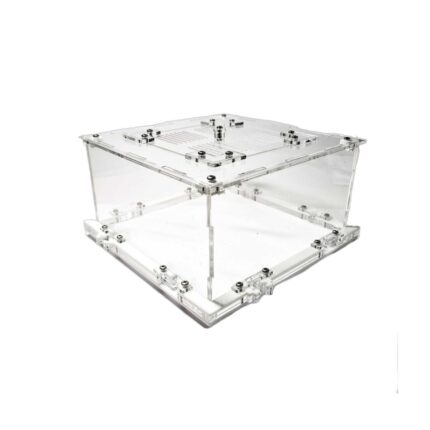
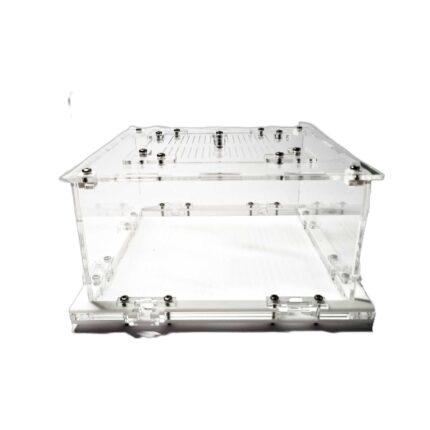
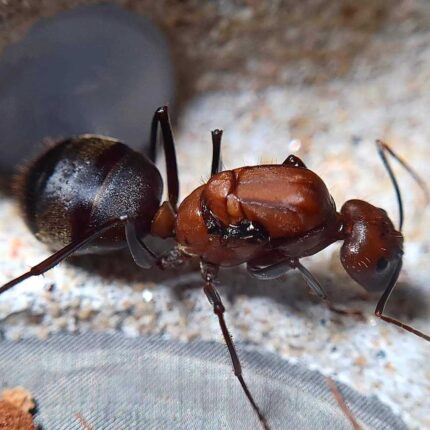
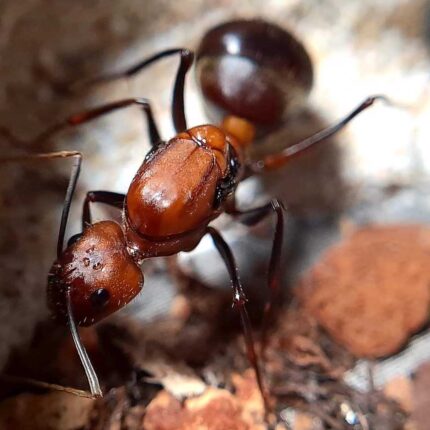
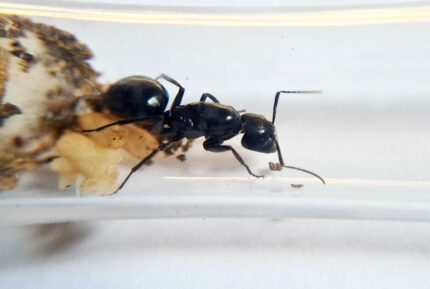
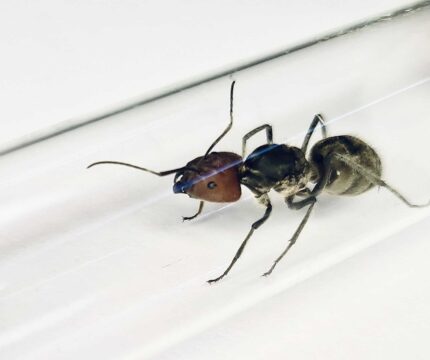
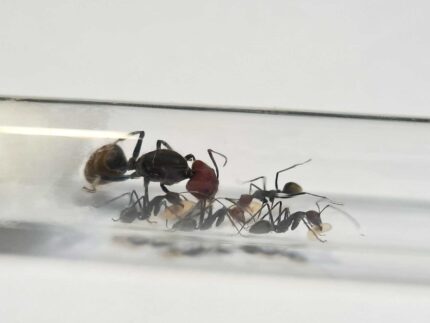
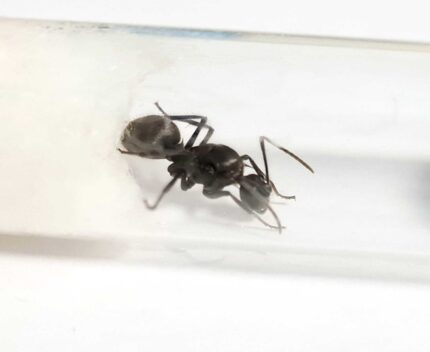
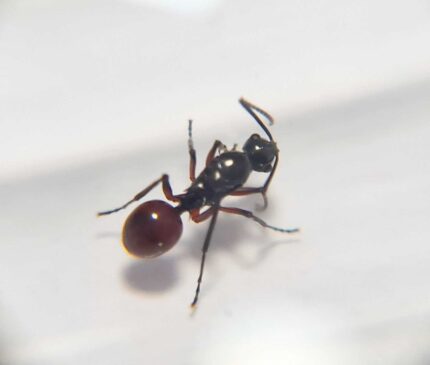
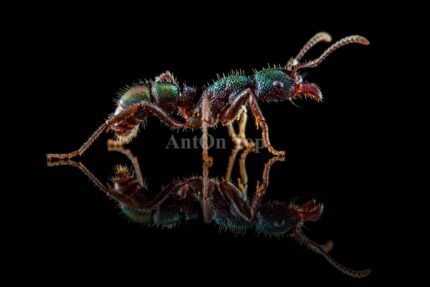
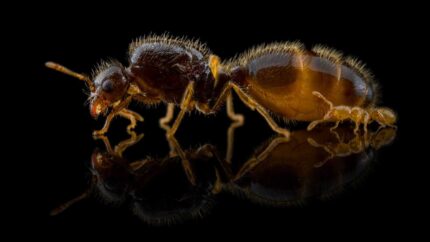
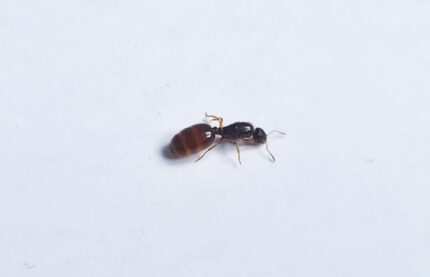
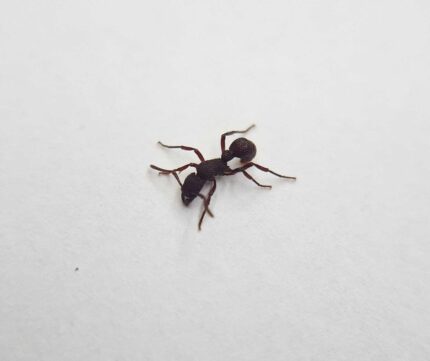
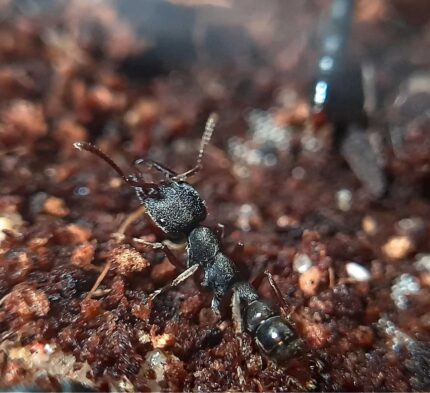
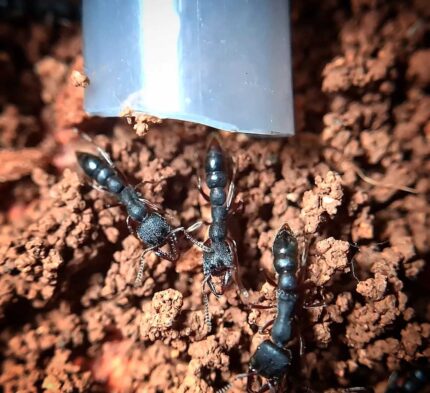
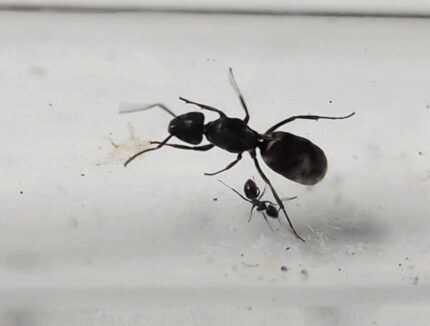
Valoraciones
Clear filtersNo hay valoraciones aún.